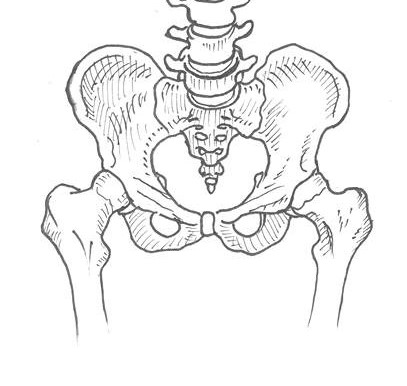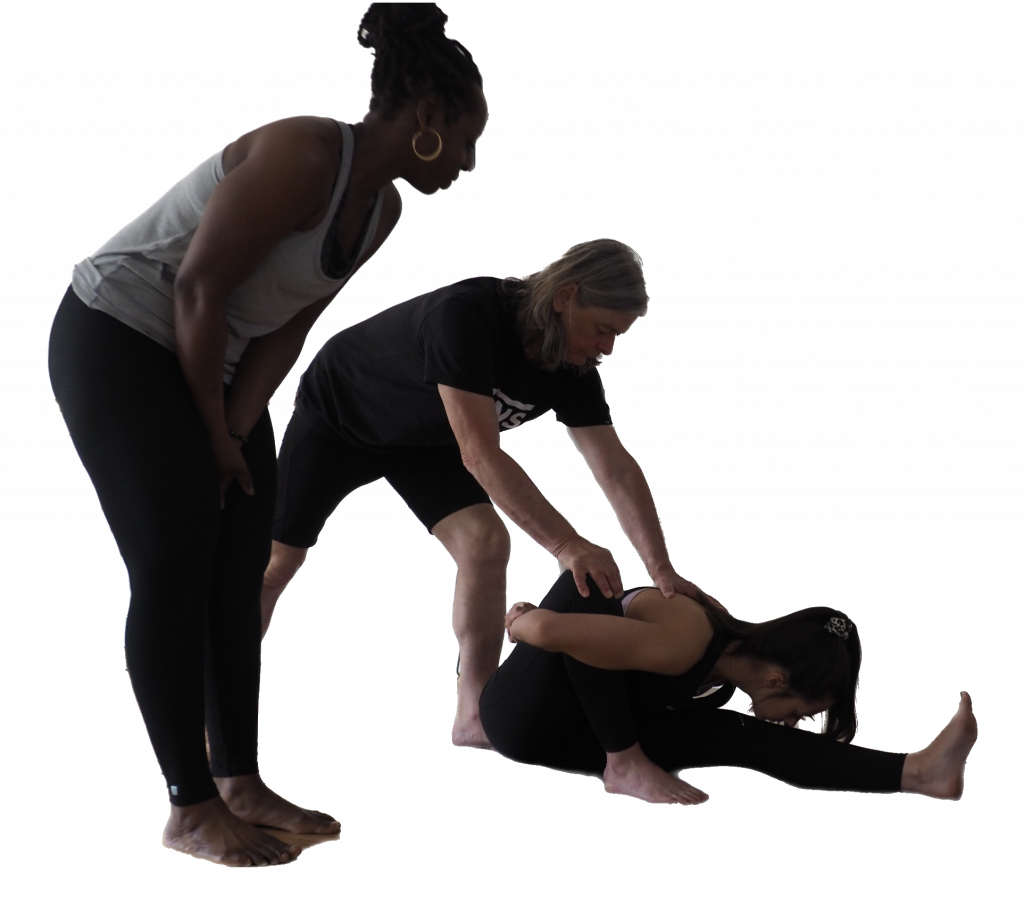SWADHI BANDHA
Swadhi bandha is integral to refining the alignment of forward bending, yet it is not commonly discussed in a yoga class.
The location of Swadhi bandha is in the pelvic bowl, above Mulha Bandha and below Nabhi bandha and maintains pelvic integrity. One of the main benefits of Swadhi bandha is the space that it creates around the Sacroiliac joint.

SWADHISTANA CHAKRA
The Chakra connected with Swadhi bandha is Swadhisthana. This chakra represents how we move through life; our adaptability and our ability to flow or move forward. Openness in the hips is associated with freedom and flexibility, both emotionally and anatomically. Being open emotionally and physically without awareness can also be counterproductive.

Students some time seem to be very open in the hips but taking a closer look reveals the posture is unsupported. The knees may touch the floor, but the back will be collapsing as will the pelvic floor.
A student who is employing bandhas will be upright with good posture, being alert and relaxed.
SAFE FORWARD BENDING
Working with Swadhi bandha ensures safe and progressive forward bending. When going forward the action comes from the hips, which ensures the spine and pelvis stay in neutral. Any rounding of the thoracic spine or lumbar spine suggests Swadhi bandha is not being employed. Some students can go into deep forward bends without any muscular control, which can lead to tendinitis or a disc prolapse.

ANATOMY OF THE PELVIS
The pelvic skeleton is made up posteriorly (rear of the back) of the sacrum and coccyx, and laterally (sides) and anteriorly (forward) by a pair of hip bones (ilium). The hip bones are made up of three sections, the ilium, ischium, and the pubis. The pelvic cavity is the area bound by the bones of the pelvis. The hip joint is made up of the top of the leg bone (femur) attached to the pelvis (ilium) via the femoral head at the acetabulum (hip socket)
The application of Swadhi bandha is essential for full flexions at the hip joint (forward bending). When a forward bend is correctly aligned the pelvis will be in neutral and the lumbar spine will be in extension (backbend).

SWADHI BAHNDA ACTION
Swadhi bandha when accessed is a circular swiveling action of the two posterior Superior Iliac Spines, which make an outward and off the sacrum movement. The sit bones (ischial tuberosity) move away from each other, and the anterior superior iliac crests travel in towards each other anteriorly. The two iliac crests do not so much move directly towards each other, as open out laterally and curve inward towards the front.
Swadhi bandha maintains stability and integrity around the hips and forward bending, while allowing for full flexions.
WHY CHOOSE MARTIN?
- 20 years running Yoga Dharma UK
- 20 Years running Yoga Dharma BG
- 15 years running highly successful yoga teacher training courses
- 20 years running highly successful yoga retreats
- 15 years running successful residential yoga teacher training
CONTACT MARTIN
TEACHER TRAINING REVIEWS
“Yoga Dharma is the true essence of Yoga, there is a strong embodiment of both the physical and philosophical elements of the truth of yoga. They are a wealth of knowledge that in my view supersedes the cost of their teachings”
“I have to thank you so much Martin for accommodating me, I am truly very grateful for all the hard work dedication and commitment you put into all of us. I will endeavor to do you proud. I am proud to be your student” Karen.


